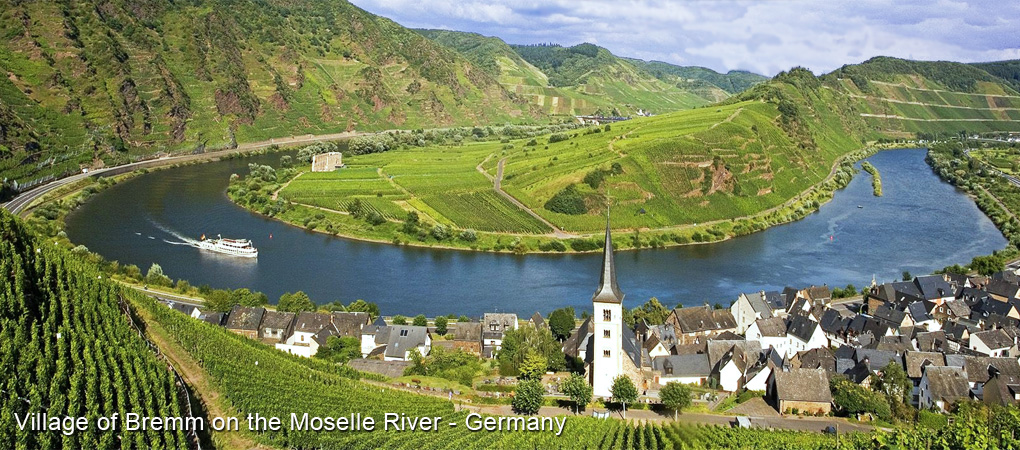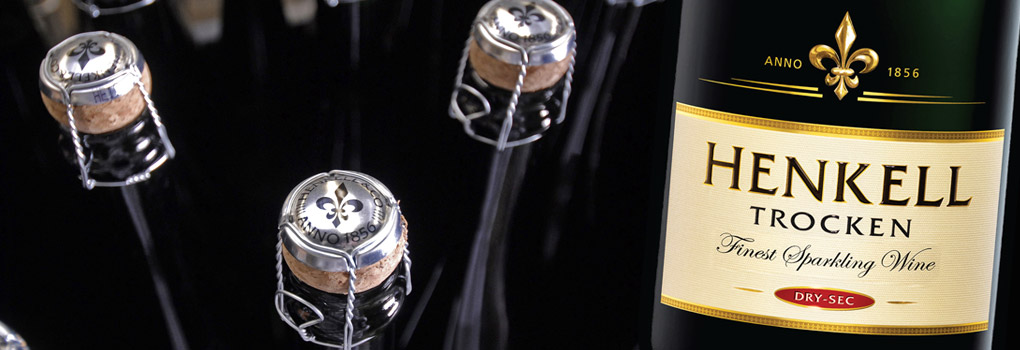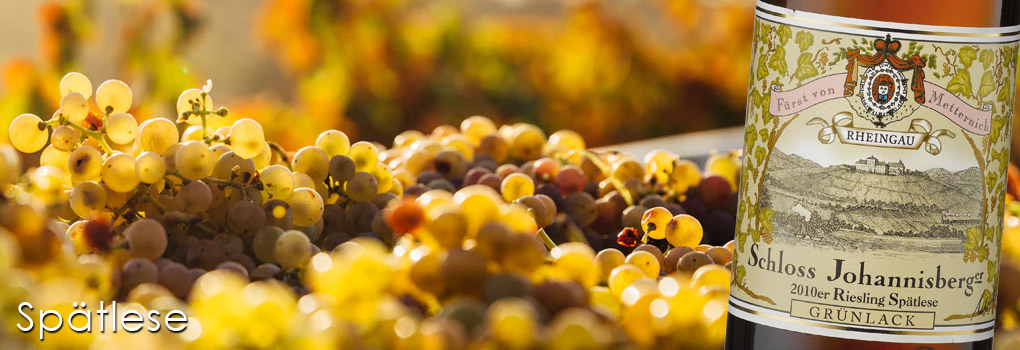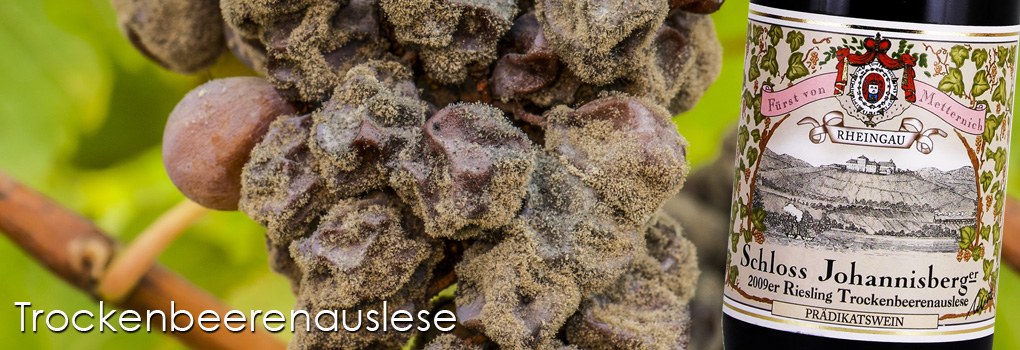Mosel Wine Region:
The Mosel wine region is located in the south-west of Germany - and takes its name from the Moselle River which the vineyards are planted along. The area is Germany's 5th largest in volume but is the leading region in terms of international prestige. The region includes the valleys and rivers of Moselle, Saar, and Ruwer near Koblenz and Trier.
The vineyards overlooking the river are some of the worlds steepest, with some at 65° degree inclines, one of the steepest vineyard in the world is the ‘Calmont’ vineyard located near the village of Bremm *(shown below). The Mosel region is famous for its white wines made from Riesling. The Mosel wine region is continental in location, but is marked by very cool temperatures - so the best vineyard sites have south - southwest facing slopes.
Because of the increased exposure to direct sunlight that aid slightly in the ripening of the grapes. The soils in the area are dominated by porous slate which has ideal drainage for the regions heavy rainfall and also relatively good heat retaining properties. During the ripening summer months the weather can be warm, but rarely hot, with the average temperatures in July reaching only 18º- 20ºC. The Mosel wine region as of 2018 had 8,770 hectares of planted vines.
The steep slopes along the river are extremely labour intensive - another reason they regarded as some of the worlds most difficult vineyards to manage. Mechanical harvesting is impractical and an extremely high number of man hours are needed to tend the vines, a great more than on flat terrain. Grapevines are individually staked to the slopes without connecting wires so that vineyard workers can move around the vines more easily.
A positive characteristic for working with Riesling - is that in this terroir, it can create a wine of finesse and elegance that would escape most other grape varietals. White grape varietals cover around 90% of the region's total vineyard surface. The wines of the Upper Mosel are characterized by their low alcohol of 6-9% Alc./vol range with intense fruit driven aromas and lifted acidity.
The wines of the Middle Mosel are considered the most balanced wines of Germany, with some of the countries finest wines - able to age gracefully for 50 - 100 years.
The wines of the Mosel region are traditionally presented in tall green coloured ‘hock style’ wine bottles, this is to distinguish Mosel wines from the 'brown' bottle wines of the Rheinhessen. The Mosel is also well known for its 'Eiswein' production with the area's characteristic high acidity combined with the sweetness produced by the concentration of the sugars in the frozen grapes.

Rheingau Wine Region:
The Rheingau wine region is located near the city of Frankfurt in Germany - and is one of the 13 designated wine regions producing quality ‘QbA’ and ‘Prädikatswein’ wines. Taking its name from the traditional region of Rheingau (meaning ‘Rhine district’), and situated in the state of Hesse, where it constitutes part of the Rheingau-Taunus-Kreis administrative district.
The region is one of the smallest in Germany making up only 3% of the country’s total vineyard area. As of 2018 the Rheingau had 3191 hectares of vines, with nearly 80% of their regions vines being Riesling with Pinot Noir making up most of the rest, and followed by Müller-Thurgau. It is believed the Romans planted the first vineyards in the Rheingau before Charlemagne (747 - 814) began to actively promote viniculture.
The Cistercian monks, who are credited with having founded the wine industry in Burgundy, brought Pinot Noir with them to Rheingau, although the earliest record of the varietal is from 1470. The slopes down from the Taunus Mountains belonging to Kloster Eberbach were planted in the 12th Century, and early in the 13th Century the vineyards had reached their present size. In medieval times, more red wine than white wine was produced; usually the vineyards were planted with mixed varietals which were vinified together.
The Rheingau Wine Region with 150 years of winemaking history was officially classified back in 1867. The classification was the basis for taxation of wineries after the annexation of the Duchy of Nassau by the Kingdom of Prussia in 1866.
The geography of the Rheingau is very unique. Near the town of Wiesbaden, the Rhine River detours from its northward flow to flow west for about 30km before it flows north again. The majority of the Rheingau vineyards are situated near the river's right bank, though the region also includes some steep slopes rising up behind the small towns. The Rheingau wine region stretches about 50km, and at the north raises the Taunus mountain range, so most of the Rheingau's vineyards are on south-facing slopes between the mountains and river, which provides excellent wine-growing conditions in these cool northerly latitudes.
The Rheingau is one of the most distinguished in the world. Early on the regions grape-growers were associated with the noble Riesling grape and in the 18th century, were credited for recognizing the value of harvesting their fruit parcels at various stages of ripeness - from which the ‘Prädikate’ or special attributes that denote wines of superior quality evolved.
The world-renowned oenological research and teaching institutes in Geisenheim, have contributed significantly to the extraordinarily level of technical expertise in the German wine industry today. Two grape varietals dominate the area: Riesling and Spätburgunder (Pinot Noir). The former yields elegant wines with a refined and sometimes spicy fragrance; fruit driven, lifted acidity and a rich flavour. The Pinot Noir wines are velvety and medium-bodied, with a bouquet and taste often compared with cherries.

Sekt:
Sekt is the German word for quality sparkling wine. Around 95% of all Sekt produced is made by 'tank-fermentation' with the remaining 'Premium' Sekt made by 'Methode Traditionnelle'. Low-cost sparkling wines made with CO2 injection - cannot be called Sekt, they are called Schaumwein (German for 'foam wine'), semi-sparkling wine is called Perlwein. Also - nearly 90% of all Sekt is made partially from imported grape juice from Italy, Spain and France. Sekt labeled as 'Deutscher' Sekt is made exclusively from German grapes and Sekt b.A. - only grapes from one of the 13 quality wine regions in Germany.
Premium Sekt wines are made using: Riesling, Pinot Blanc, Pinot Gris and Pinot Noir grapes, with much of it consumed locally rather than being exported.
These Sekts are usual vintage dated with the village and vineyards that the grapes are from. Premium Sekt b.A. produced in smaller lots is often referred to as Winzersekt - (winegrower's Sekt), as it is typically produced by a winemaker which has his own vineyards, rather than by the large Sekt-producing companies which buy grapes or base wine on a large scale for their production.
German production of sparkling wines dates back to 1826, when G. C. Kessler & Co. was founded. The names used by German producers for their sparkling wines in the 19th century were 'Mousseux', 'Sect' or 'Champagne' - but the 1919 Treaty of Versailles prevented Germany from using this name, long before E.U. regulations prohibited its use outside of the Champagne wine region in France.
Sekt was initially an informal German name for sparkling wine, coined in Berlin in 1825, but was in common use by the 1890's. Germany long attempted to have the name Sekt reserved for sparkling wine from countries with German as an official language, but these regulations were ended by the European Court of Justice in 1975.
Austrian Sekt is often made with the Welschriesling and Grüner Veltliner varietals - giving the finished sparkling wine a golden colour. German and Austrian Sekt can be made: Trocken (dry) or Halbtrocken (medium dry).

Spätlese Wine:
Spätlese (meaning: late harvest) is the German wine term for a wine made fully very ripe grapes - it is also the lightest style of 'late harvest' wines. Spätlese is a riper style and level above Kabinett in the Pradikatswein classification of German wines and is also the lowest level of Pradikatswein in Austria, where Kabinett is classified differently.
In the German wine classification of ripeness, the grapes with the least amount of sugar are destined for Kabinett wines. Then you have; Spätlese, and then the riper Auslese, Beerenauslese, Trockenbeerenauslese and finally Eiswein. The grapes are picked at approximately 7 days after the normal harvest date, so they are riper in character and have a higher must weight.
Because of the weather, waiting to pick the grapes later carries a risk of the crop being ruined by rain and cold weather. However, in warm years and from good sites much of the harvest will reach the Spätlese level.
The wines may be either sweet or dry (trocken); it is a level of ripeness that particularly suits rich dry wines from Riesling. At Auslese levels the alcohol levels may become very high in a dry wine leaving the wine unbalanced, making wines with some residual sweetness is preferable to many palates. However, most German wines are traditionally dry, and the amount of sugar is not the only note balancing a wine. Dry German wines can be very balanced and usually get higher reviews from German wine journalists than a comparable wine with more sugar. Many Spätlese wines will age well, especially those made from Riesling.
It is thought the beginning of Spätlese wines took place in the Rheingau winery Schloss Johannisberg in 1775, as for some reason, the courier sent out by the Abbey at Fulda was delayed for 14 days. By the time the order finally arrived botrytis (noble rot) had set in, but the harvest happened anyway, though no high hopes were placed on the wine from the shriveled, moldy grapes. The wine turned out to be surprisingly good. Schloss Johannisberg began actively seeking to produce late harvest - Spätlese wines affected by botrytis.

Trockenbeerenauslese:
Trockenbeerenauslese (literal meaning: selected harvest of dried berries) is a German wine term (classification) for a rich, full-bodied style of sweet dessert wine.
A Trockenbeerenauslese wine has the highest level of sugar content in the 'Pradikatswein Category' of the German and Austrian wine classification-scale. Trockenbeerenauslese wines, sometimes referred to as 'TBA' for short, are made from individually selected grapes affected by 'botrytis'. The grapes are individually hand-picked, having shriveled on the vine from the the affect of botrytis, to the point of looking like a raisin while still attached to the bunch.
They are therefore very sweet and have an intensely rich flavour, typically with a nougat or honeyed bouquet, ripe stone fruits such as sweet apricots and nectarines alike.
The finest examples are commonly crafted from Riesling grapes, as this varietal retains good levels of acidity even as it becomes extremely ripeness. Other grape varietals used include: Scheurebe, Ortega, Welschriesling, Chardonnay and Gewürztraminer - along with a few others, as they are more prone to noble rot, and they ripen earlier than Riesling.
These wines are rare and expensive due to the labour-intensive method of production, and the fact that very specific climatic conditions (which do not necessarily occur every year) are required to create grapes adequately affected botrytis. They are usually golden to deep golden honey in colour when fermented. The wine is viscous and concentrated, and arguably can be aged almost indefinitely due to the preservative aspect of its high sugar content. Although Trockenbeerenauslese has very high residual sugar level, the finest examples are far from being cloying due to their naturally high level of refreshing acidity.
The style is similar to, but much more concentrated than 'Selection de Grains Nobles' from Alsace in France. In comparison to 'Sauternes', the wines are considerably sweeter, a lower level of alcohol and are usually not oak aged. The minimum sugar content for a Trockenbeerenauslese is 150 - 154g/L. In exceptional years, top producers can exceed these levels, resulting in a richer, sweeter wine; they can contain 300+ g/L and may approach the very rare 'Tokaji Eszencia' in concentration - enjoy.

